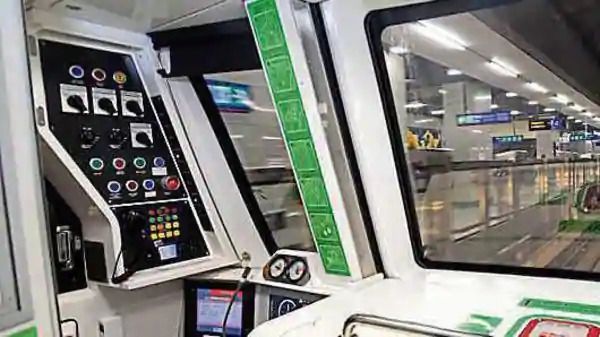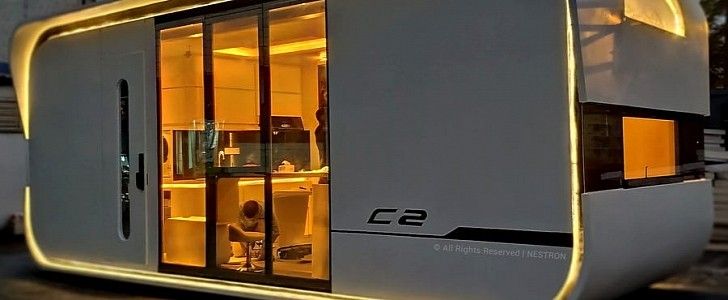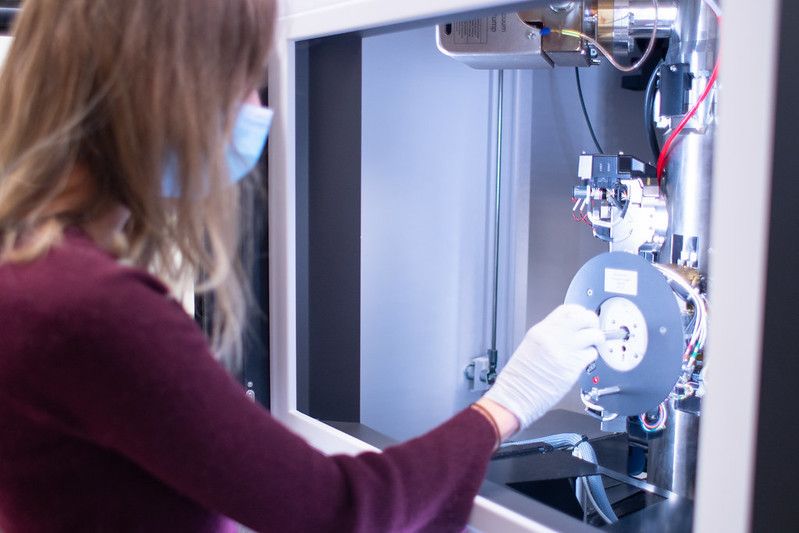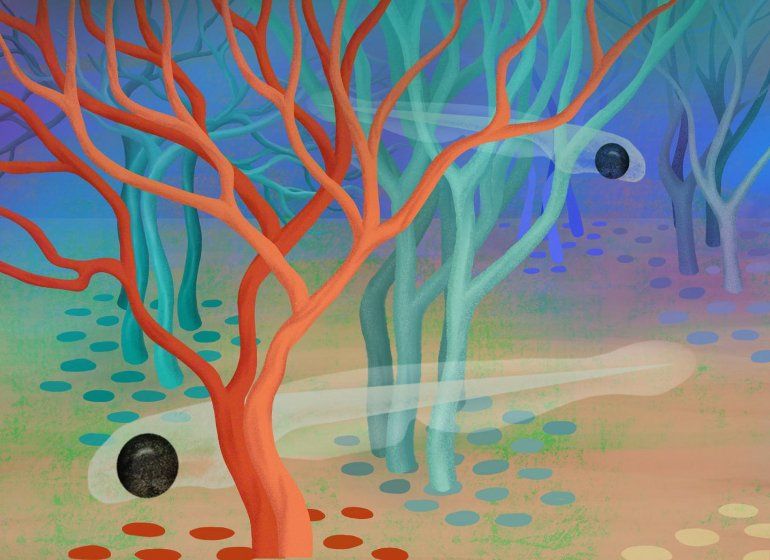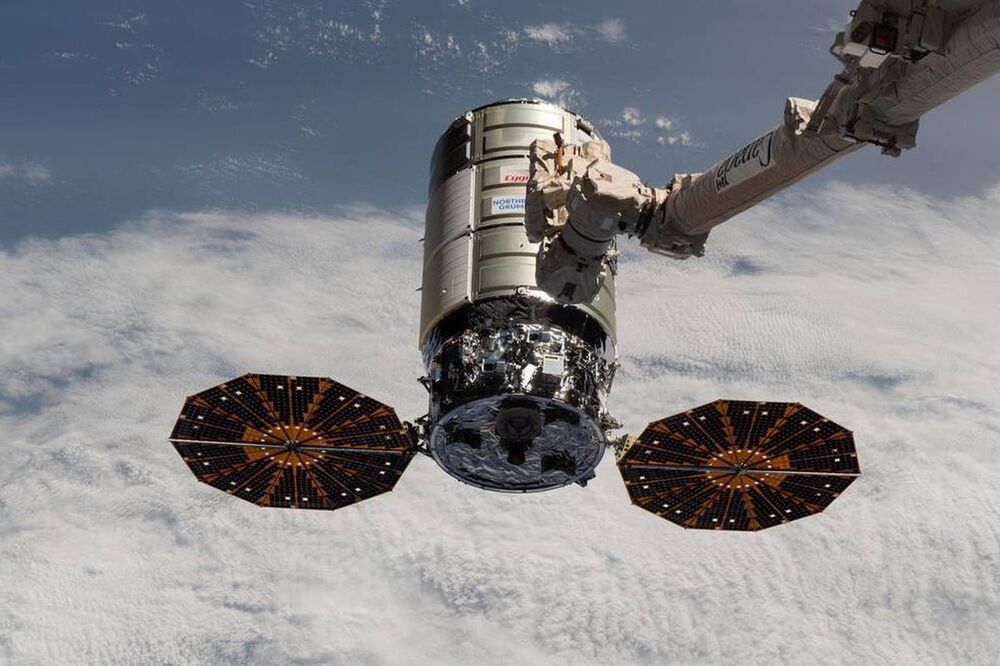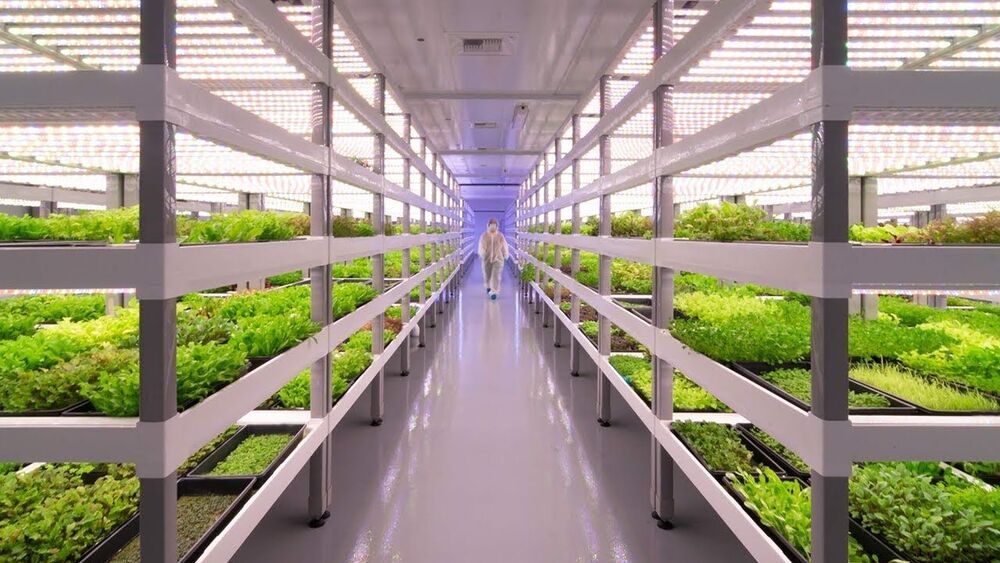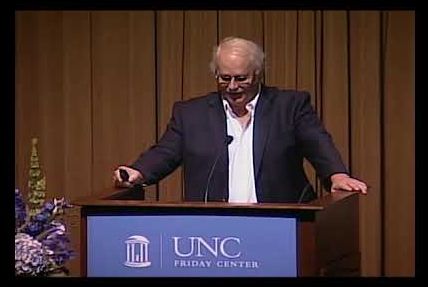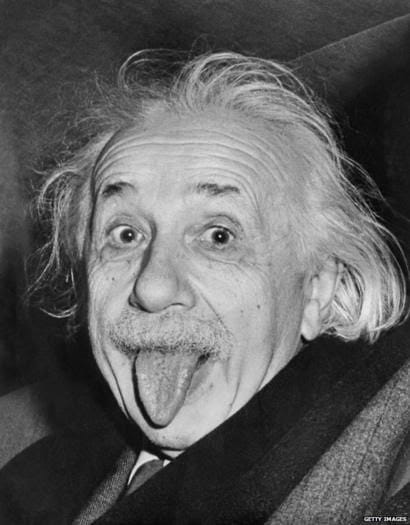The operationalisation of these trains is a major technologcal milestone for the DMRC and the country. The 57-km Pink Line (Majlis Park–Shiv Vihar) will also have driverless operations by mid-2021, the DMRC said on Sunday.
The tiny house we’re going to discuss today won’t buy you freedom like trailer-based models, but it compensates for that with its own AI assistant. It’s smart, it’s tiny, it can be solar powered if you want, and it’s still very chic. It’s dubbed the next-generation tiny house: the Cube Two from Nestron.
You don’t have to actually live large in order to live large. Tiny houses are a good option when it comes to minimizing your footprint, downsizing costs and not sacrificing anything but space you probably wouldn’t be using either way.
AUSTIN, Texas — Producing clean water at a lower cost could be on the horizon after researchers from The University of Texas at Austin and Penn State solved a complex problem that had baffled scientists for decades, until now.
Desalination membranes remove salt and other chemicals from water, a process critical to the health of society, cleaning billions of gallons of water for agriculture, energy production and drinking. The idea seems simple — push salty water through and clean water comes out the other side — but it contains complex intricacies that scientists are still trying to understand.
The research team, in partnership with DuPont Water Solutions, solved an important aspect of this mystery, opening the door to reduce costs of clean water production. The researchers determined desalination membranes are inconsistent in density and mass distribution, which can hold back their performance. Uniform density at the nanoscale is the key to increasing how much clean water these membranes can create.
Tracing the Many Paths of Vision
Posted in neuroscience
Summary: Study supports the theory that highly specialized neurons in the brain are key to translating diverse visual stimuli into behavior.
Source: Max Planck Institute.
Retinal ganglion cells (RGCs) are the bottleneck through which all visual impressions flow from the retina to the brain. A team from the Max Planck Institute of Neurobiology, University of California Berkeley and Harvard University created a molecular catalog that describes the different types of these neurons. In this way, individual RGC types could be systematically studied and linked to a specific connection, function and behavioral response.
A dozen ocean species new to science could already be threatened by climate change, scientists find.
Cygnus is scheduled to depart the International Space Station on Wednesday, Jan. 6, more than 3 months after delivering nearly 8000 pounds of supplies to austronauts all the way in outer space. Cygnus arrived at the space station Oct. 52020.
Considering the innovations in vertical farming, it seems indoor farming is gaining even more steam.
Abhu Dhabi is now about to build the world’s largest indoor farm; overcoming their desert climate and making efficient use of their limited water supply. It will be able to produce 10000 tonnes of fresh vegies every 12 months.
Very cool! 😃
THE DESERT emirate of Abu Dhabi is set to have the world’s largest indoor farm, capable of producing more than 10000 tonnes of fresh vegetables every 12 months.
Abu Dhabi’s intense climate means that for eight months of the year it is impossible to grow vegetables naturally.
OEC just started 3D printing classes last year.
It sounds bizarre — but could help the nuclear industry skip decades of rote experimentation.
Ralph S. Baric, PhD
Posted in biotech/medical, genetics, health, neuroscience
Ralph Baric, PhD, is the William R. Kenan, Jr. Distinguished Professor in the Department of Epidemiology and Professor in the Department of Microbiology and Immunology. He is a Harvey Weaver Scholar from the National Multiple Sclerosis Society and an Established Investigator Awardee from the American Heart Association. In addition, he is a World Technology Award Finalist and a fellow of the American Association for Microbiology. He has spent the past three decades as a world leader in the study of coronaviruses and is responsible for UNC-Chapel Hill’s world leadership in coronavirus research. For these past three decades, Dr. Baric has warned that the emerging coronaviruses represent a significant and ongoing global health threat, particularly because they can jump, without warning, from animals into the human population, and they tend to spread rapidly.
The Baric Lab uses coronaviruses as models to study the genetics of RNA virus transcription, replication, persistence, pathogenesis, genetics and cross-species transmission. He has used alphavirus vaccine vectors to develop novel candidate vaccines. Dr. Baric has led the world in recognizing the importance of zoonotic viruses as a potentially rich source of new emerging pathogens in humans, with detailed studies of the molecular, genetic and evolutionary mechanisms that regulate the establishment and dissemination of such a virus within a newly adopted host. Specifically, he works to decipher the complex interactions between the virion and cell surface molecules that function in the entry and cross-species transmission of positive-strand RNA viruses.
In 20172018 and 2019, Dr. Baric was named to Clarivate Analytics’ Highly Cited Researchers list, which recognizes researchers from around the world who published the most widely-cited papers in their field. Also in 2017, he was awarded a grant for more than $6 million from the National Institute of Allergy and Infectious Diseases (NIAID) to accelerate the development of a promising new drug in the fight against deadly coronaviruses, which is currently in clinical trials to reverse COVID-19 disease in humans. In this collaboration, he continued his partnership between the Gillings School and Gilead Sciences Inc. to focus on an experimental antiviral treatment that he had previously shown to prevent the development of severe acute respiratory syndrome coronavirus (SARS-CoV) in mice. The drug also was shown to inhibit MERS-CoV and multiple other coronaviruses (CoV), suggesting that it may actually inhibit all CoV. He continues to work with this drug.
When science is politicized, or commercially compromised, lives are often lost. Let US put our political and ideological differences aside, and enjoy the science and information others have to share. Let US not try to control the narrative based on our political or ideological beliefs to push a flawed narrative people do not want questioned because it is flawed to begin with, and needs an added push. Respect what people have to share, and do not try to spread hatred against them. The comments sections can be easily used for you to share your point of view by questioning…O
